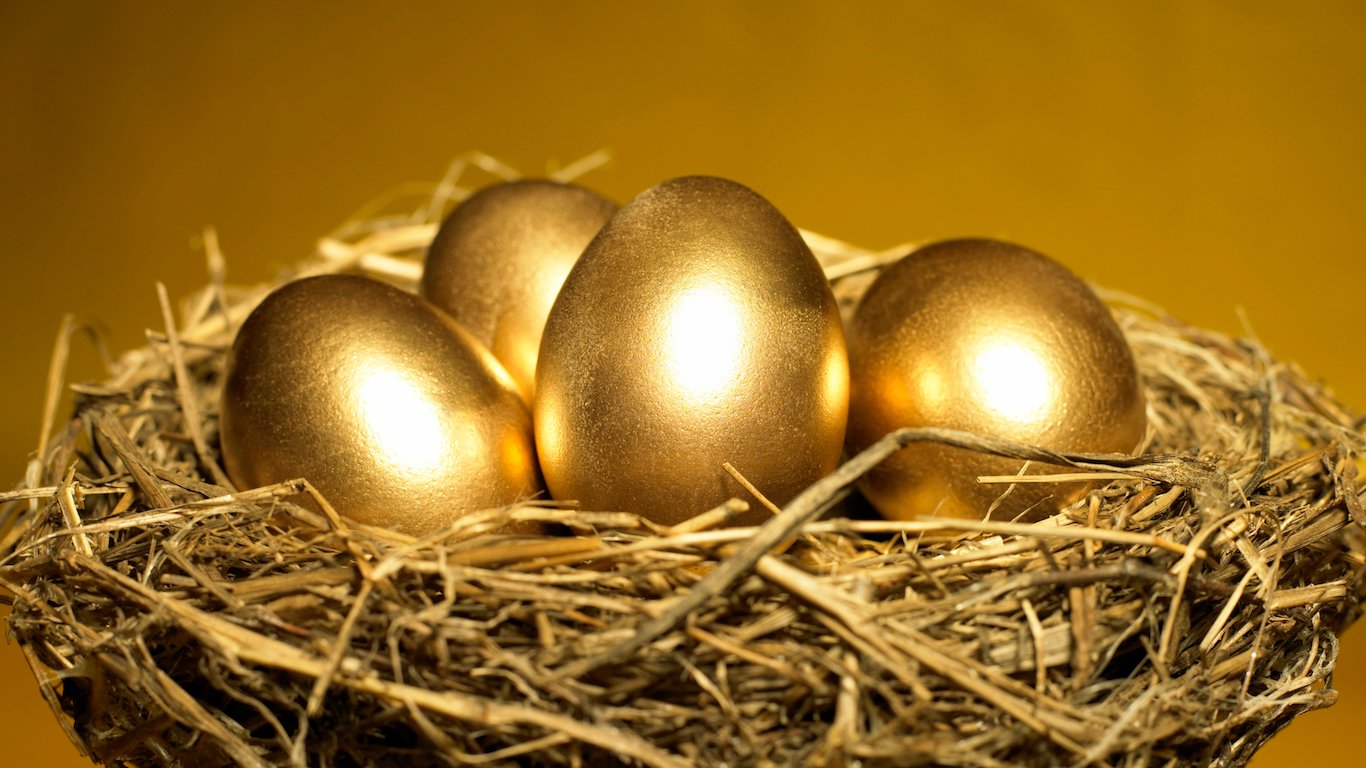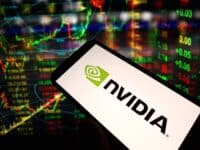

It is no secret that investors love dividends. That said, it has not been that long that the large established technology leaders have been big on paying dividends. Today’s environment is a different matter, and after tax reform these technology giants now have full access to their capital regardless of where they have it domiciled.
Microsoft Corp. (NASDAQ: MSFT) was hardly given much attention for announcing a dividend hike on Tuesday evening. This hike is much more relevant than just as it pertains to Microsoft. It will keep the pressure on other technology giants to raise their dividends as well.
Still, should this dividend hike be considered a disappointment? The company’s meteoric stock gains over the past two years may play a partial role here in why investors haven’t been applauding even more than they should have been.
Microsoft’s board of directors declared a quarterly dividend of $0.46 per share, and the $0.04 per share gain represents a dividend hike of 9.5%. To put this in perspective, Microsoft’s yield as of the $113.21 closing price on Tuesday was 1.5%. The new dividend yield after a 1% price drop to $112.05 is now looking to be 1.6% or so, with a $1.84 per share annualized dividend payment.
As far as why this matters, Microsoft’s shares would have a far higher yield had its stock price not risen so much in 2018 and 2017. On a dividend-adjusted basis, Microsoft shares were up 88% since the first trading day of 2017, and the stock was last seen trading up 33% so far in 2018. Another consideration about the dividend and the share price gains is that Microsoft is currently worth more than $850 billion, putting the tech giant within striking range of having a $1 trillion market cap.
It also is no secret that investors hate seeing a dividend get cut, and no board of directors ever wants to vote to lower its dividend. That should, at least on the surface, imply that Microsoft has basic comfort levels with its consensus analyst earnings estimates in the quarters and years ahead. If it was worried that the earnings growth wouldn’t be there, then it would either not raise the dividend or would have raised it by less than the 9.5% that was announced.
Another issue to consider is that this likely will keep the dividend pressure going for technology rivals. 24/7 Wall St. has included some of the top technology dividend payers as a comparison, and all these companies have raised their dividends over time.
Apple Inc. (NASDAQ: AAPL) has a dividend yield of 1.35%, despite having reached a $1 trillion value and despite having far more cash on its books. Apple’s last dividend hike was by almost 16%, but it has the largest cash surplus in the world.
Applied Materials Inc. (NASDAQ: AMAT) has a 2.04% dividend, but that yield has risen because its shares have dropped handily. The last hike doubled of its dividend, but that was to become competitive in the eyes of dividend investors. Its market cap is also a fraction of other tech giants.
Thank you for reading! Have some feedback for us?
Contact the 24/7 Wall St. editorial team.
 24/7 Wall St.
24/7 Wall St.


